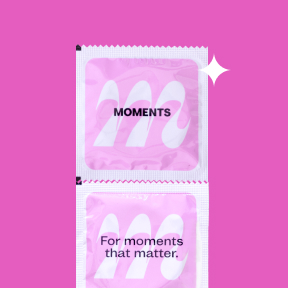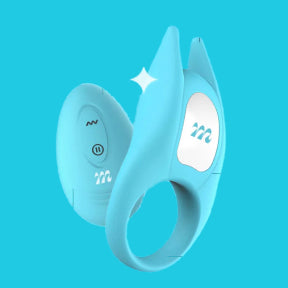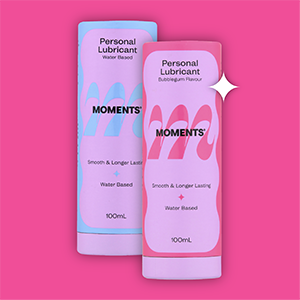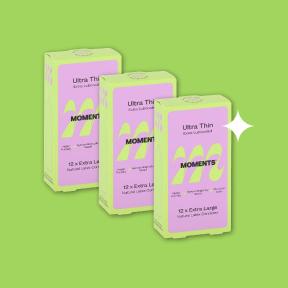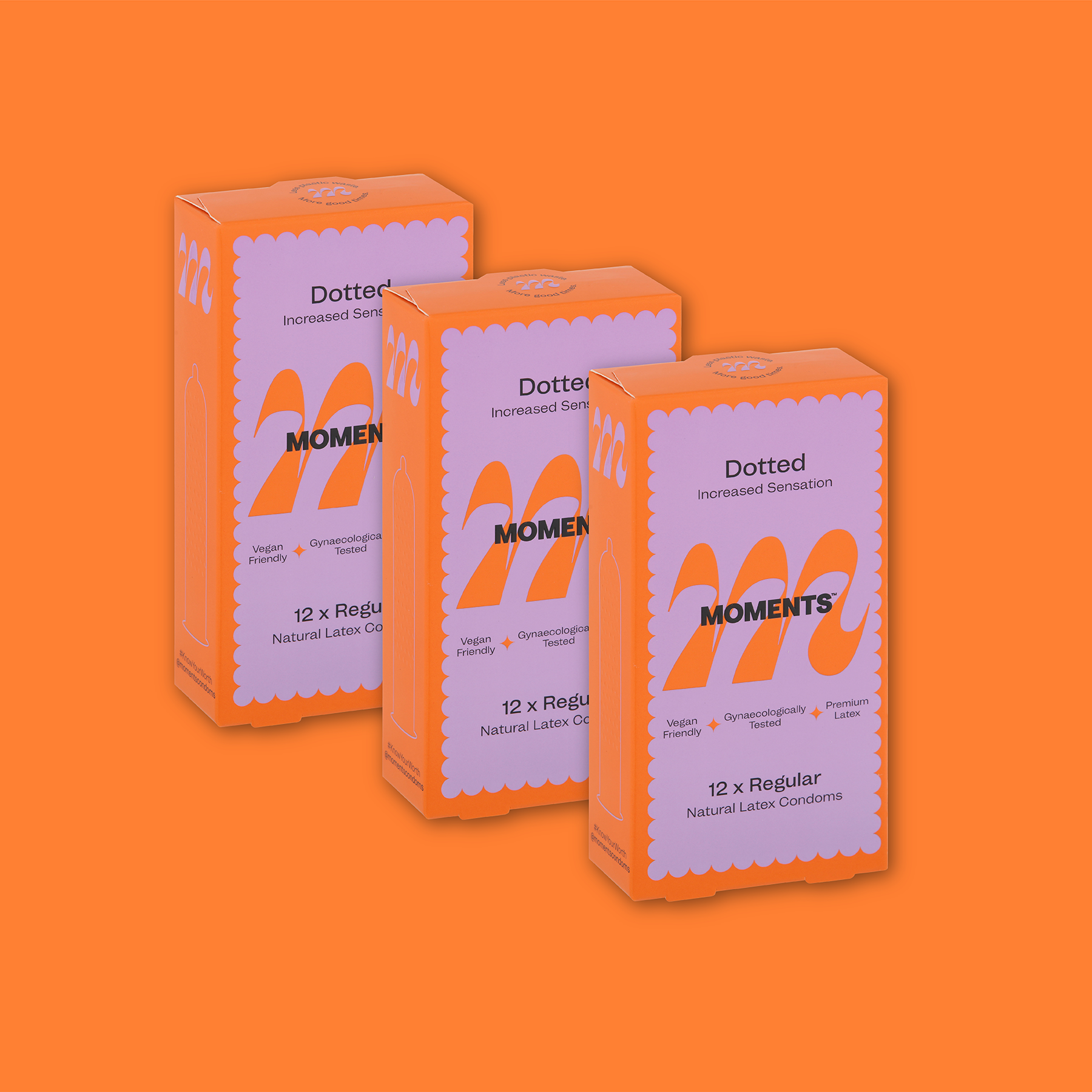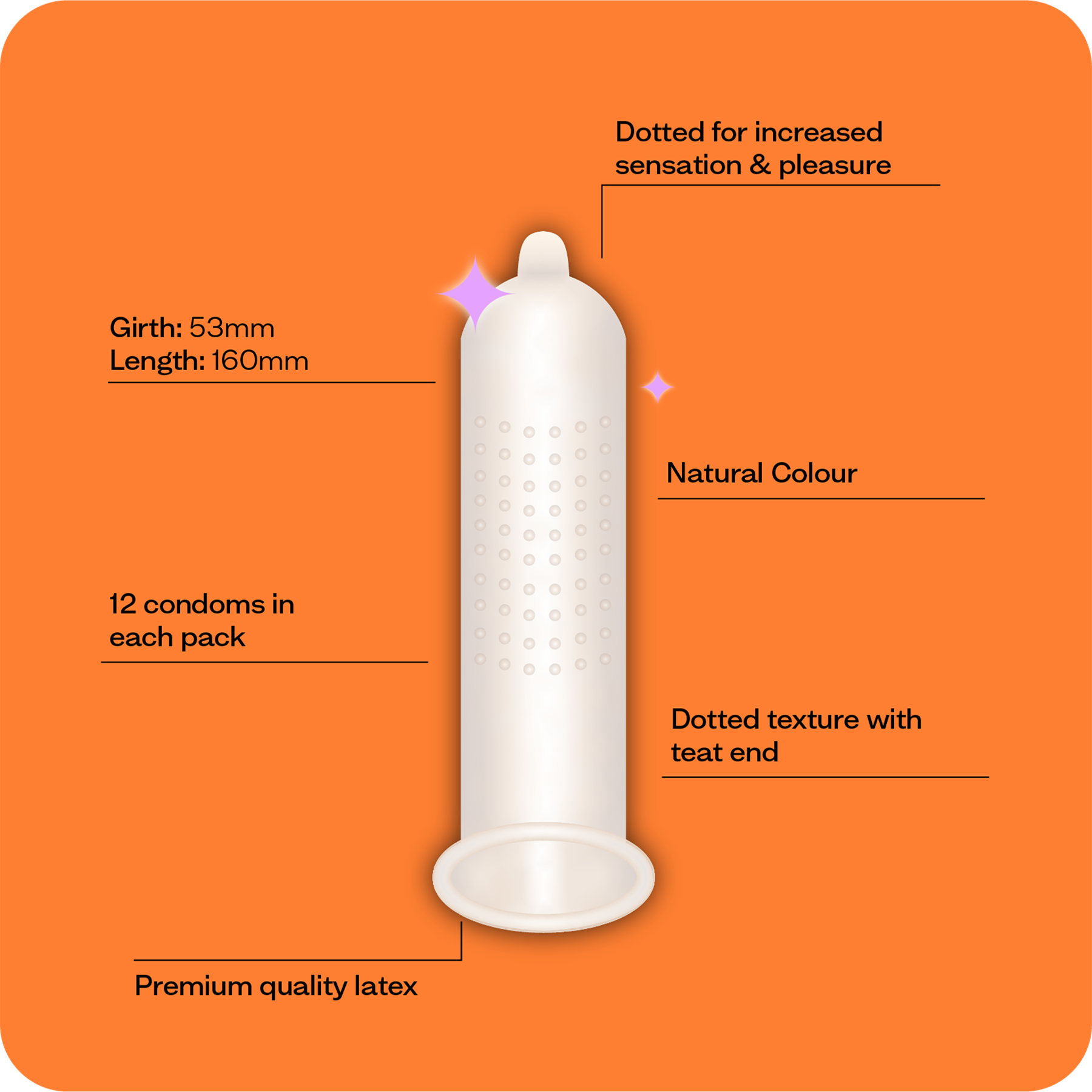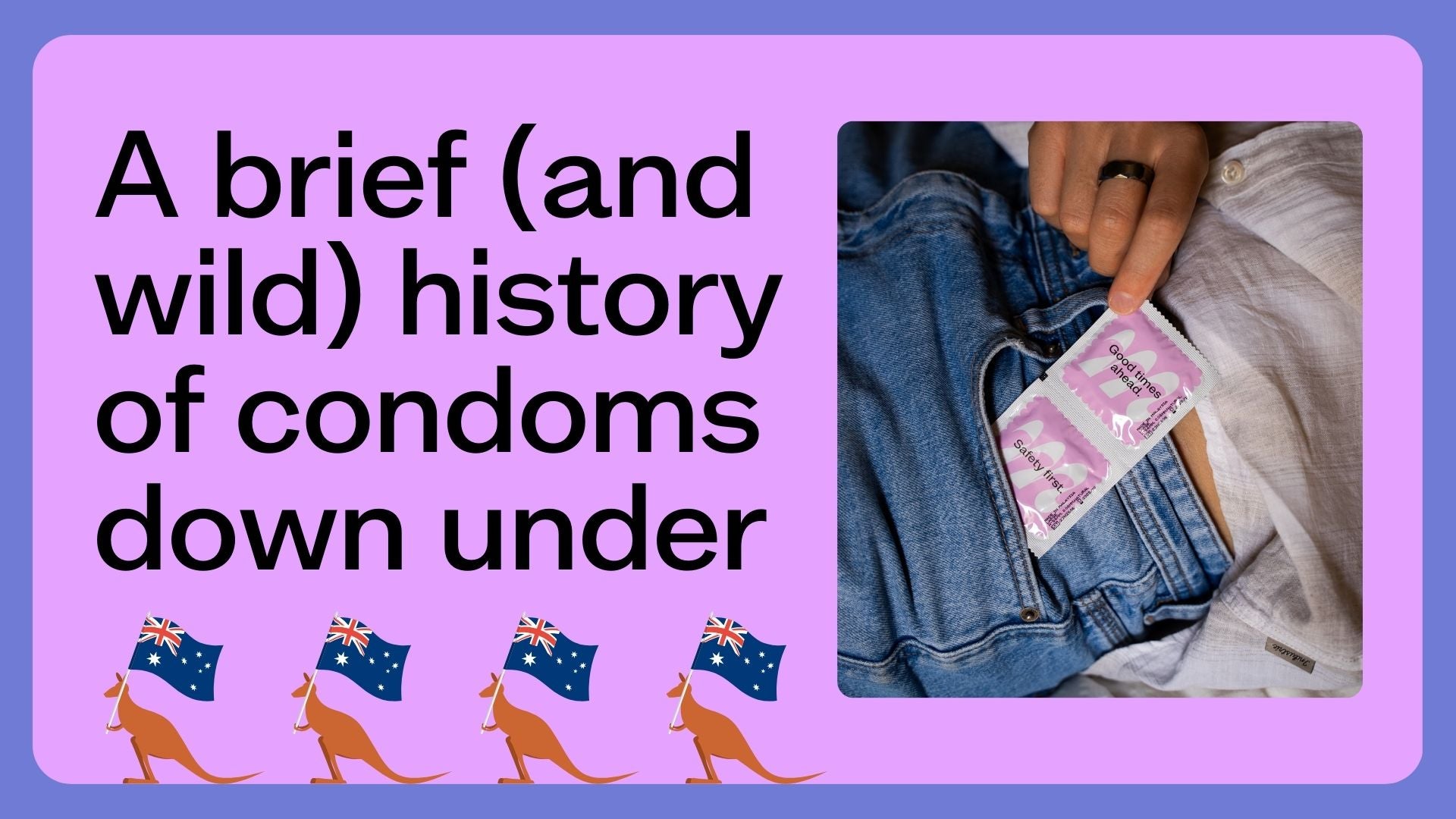

A brief (and wild) history of condoms down under
Trust us when we say condoms have come a loooooong way in Australia! Throughout history, women have worked hard to gain control over their bodies and choices. The efforts of previous generations of women have opened the door for the better options we have today.
But how did we get here? Let’s rewind through condom history and look at how women tackled birth control in the past.
The Old-School Struggle
Condoms of yesteryear were far from the ultra-thin, comfortable ones we know today. Picture this: condoms made from fish bladders or animal intestines—yikes! They were expensive and often reused (gross).
In the late 1800s, rather than shelling out hard earned wages for fish bladders, many Aussie couples just didn't use condoms. Instead, they often relied on withdrawal, or pulling out, for contraception. This method was unreliable and did not protect against STIs.
Women also turned to methods that were not only uncomfortable but also potentially harmful to their health. Some women even resorted to post-sex douches with disinfectants like Lysol. Yes, that’s the same stuff we use to clean toilets. Lysol was sold as a feminine hygiene product starting in the 1920

Society Wasn’t Helping
While women were quietly figuring out ways to manage their fertility, society was loudly judging them for it. In the early 1900s, Australia wanted to grow its population. When birth rates fell, the government set up a royal commission in NSW to investigate why we were on a downward trend.
The commission claimed that those who were restricting the size of their family had one thing in common - “selfishness”. These societal attitudes certainly weren’t making access to safe contraception any easier.
Introduction of the “modern” condom
The leap from animal intestines to rubber condoms in the mid-19th century was a game-changer. Invented in 1839 by Charles Goodyear, the process of vulcanizing rubber made condoms stronger, more flexible, and affordable.
For the first time, condoms became a reliable and widely available method of contraception. By the late 1800s, factories began making rubber condoms in large amounts. This led to many more advancements.

But wait - if condoms were being mass produced, why weren’t Australian women using them?
People in Australia found it hard to get condoms even after they started being mass produced. This was because of social and legal restrictions. In the late 19th and early 20th centuries, Australian legislation prohibited the advertisement of contraception, reflecting societal concerns about declining birth rates.
Despite the introduction of latex condoms in 1912, which made them cheaper and disposable, their accessibility remained restricted.

People often associated condoms with immorality, and authorities limited their sale to certain venues. In Queensland, even after the 1987 'Grim Reaper' AIDS awareness campaign, only pharmacies and supermarkets were able to sell condoms. The Health Act still banned the sale of condoms through vending machines.
Condoms became more available and accepted in the mid-20th century. This change happened as society's views shifted. New laws and advocacy for family planning also played a role.
The Turning Point
The birth control pill, introduced in the 1960s was a turning point for contraception in Australia. It gave women a new way to control their fertility. It also helped reduce the stigma around all types of contraception, including condoms.

Over time, attitudes toward contraception changed, and new options became available. Today, we can choose from many birth control methods. These include implants, IUDs, and condoms made for women (yes, we just promoted ourselves). We also have access to convenient, judgement-free STI testing through organisations such as SISTR.
Why It Matters Today
Understanding the history of contraception shows us how far we have come. It also reminds us to keep pushing for progress. It’s wild to think about the dangerous, uncomfortable, and downright bizarre methods women used just a few generations ago. Today, we’re lucky to have safe, effective, and accessible options—but the fight isn’t over.
Even now, stigma still exists. Many women feel that others judge them for carrying condoms or using certain types of birth control.
That’s why we feel so strongly about the Moments mission. We’re not just selling products. We’re starting conversations and helping women take control of their sexual health without shame.

The Bottom Line
Contraception has come a long way in Australia, but the journey isn’t over. By learning from the past, we can keep pushing for a future where every woman feels empowered to make choices about her own body. So, let’s celebrate the progress we’ve made and keep the conversation going—because knowing your options is always in style.
Featured Product
Popular Posts
- Choosing a selection results in a full page refresh.
- Press the space key then arrow keys to make a selection.

